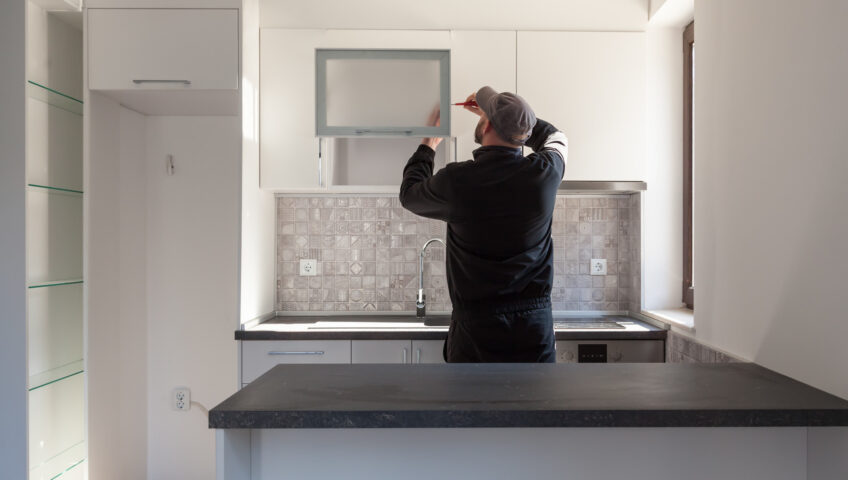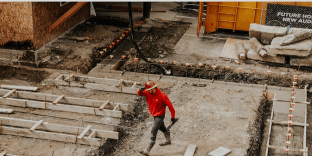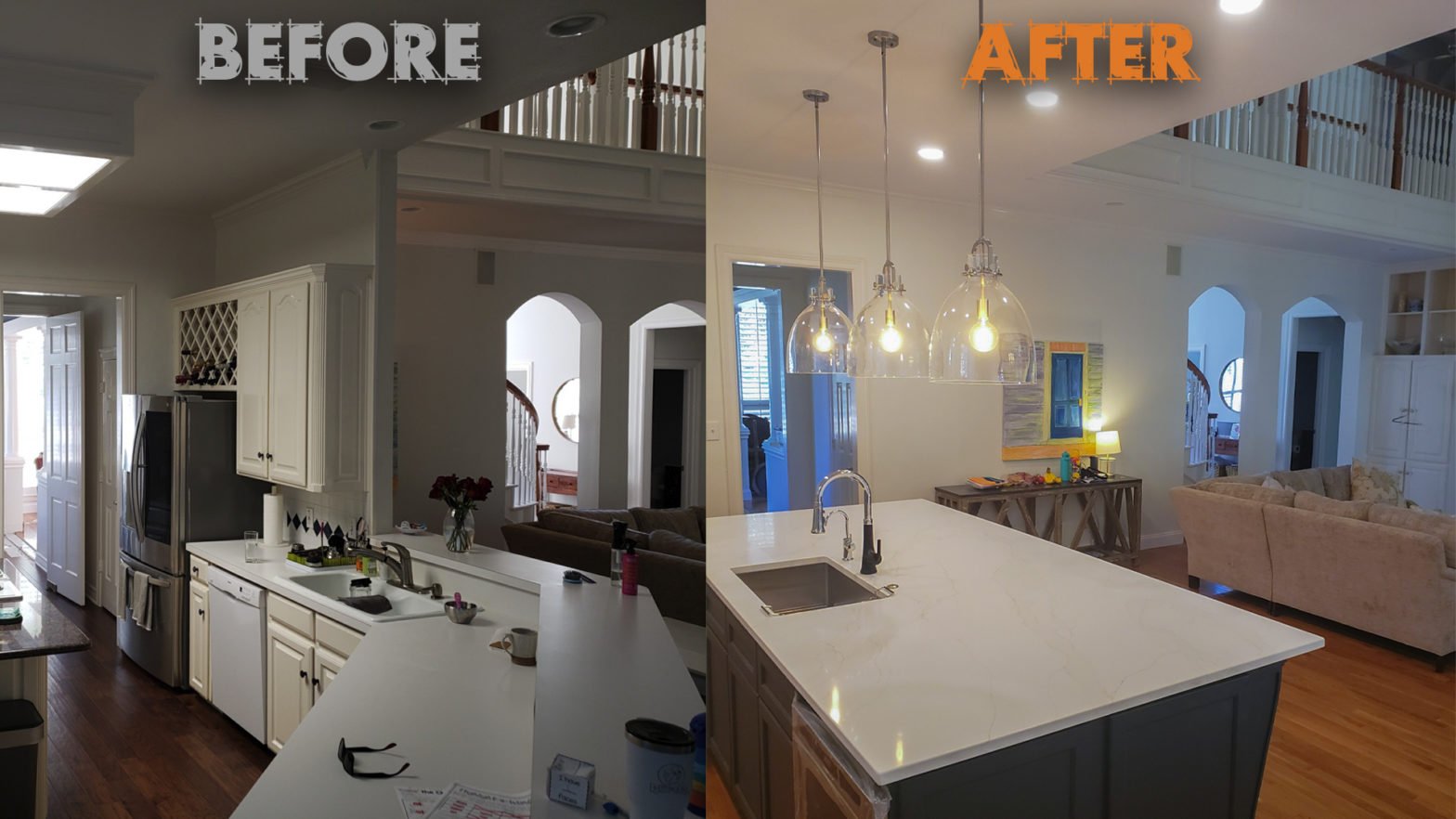
Recycling and Reducing Construction Waste: Eco-Friendly Wall Removal Tips
Eco-Friendly Wall Removal Tips
Construction waste is a major source of environmental pollution and resource depletion. We’re talking 36% globally. It contributes to greenhouse gas emissions, landfills, and water contamination in every country around the world. It also represents a loss of valuable materials that could be reused or recycled. You don’t see it very often, but as home or business owners, it’s an important part of not only your supply chain, but your business strategy giving back to the community, the planet and maybe surprisingly – your wallet and employees.
Here’s a (not so) fun fact via the UPA:
“600 million tons of C&D debris were generated in the United States in 2018, which is more than twice the amount of generated municipal solid waste. Demolition represents more than 90 percent of total C&D debris generation, while construction represents less than 10 percent.”
Not something you thought you’d learn today? But there are ways that we at Load Bearing Wall Pros can help with right here in our own backyard. We care where you live, and are passionate about the communities that we support locally, but also across the country and even around the globe – wherever you call home, you can adopt eco-friendly practices that minimize waste and maximize resource efficiency in construction and renovation projects.
One of the common activities that generate a lot of waste is wall removal, which is often done to create more space, improve aesthetics, or change the layout/floorplan of a building. This is our bread and butter and we’re happy to help you determine the best ways to maximize your space and make your home as efficient and usable as possible. Or your work space. No space is too small or large for us to help support. We’re here for you at Load Bearing Wall Pros.
New playroom? A home gym? (Hey, we’re rooting for you). Even just a space to get away from family members. While there are many benefits (and we’ll talk about how to navigate them here and in future posts), wall removal can produce a large amount of debris, such as wood, drywall, insulation, and wiring.

Understanding Wall Removal and Construction Waste
First thing’s first. A lot of new and existing homeowners don’t know about wall removal – what it is, why it’s helpful, and the process that comes along with it, so we’re here to guide the process.
There are two main types of walls: load-bearing walls and non-load-bearing walls.
What’s the difference?
Load-bearing walls support the weight of the structure above it. These walls are going to be all of the exterior walls, and about 90% of the interior walls. Usually walls creating smaller spaces like closets aren’t load bearing but it’s never guaranteed that ALL closet walls are not. The only way to determine is to actually see what is resting on top of it. Here’s a 90-second video on How To Identify a Load Bearing Wall. If load-bearing walls are removed incorrectly, it can cause serious damage to the structure and people.
Non-load bearing walls do not support any load above them. They can be removed without any damage to the structure.
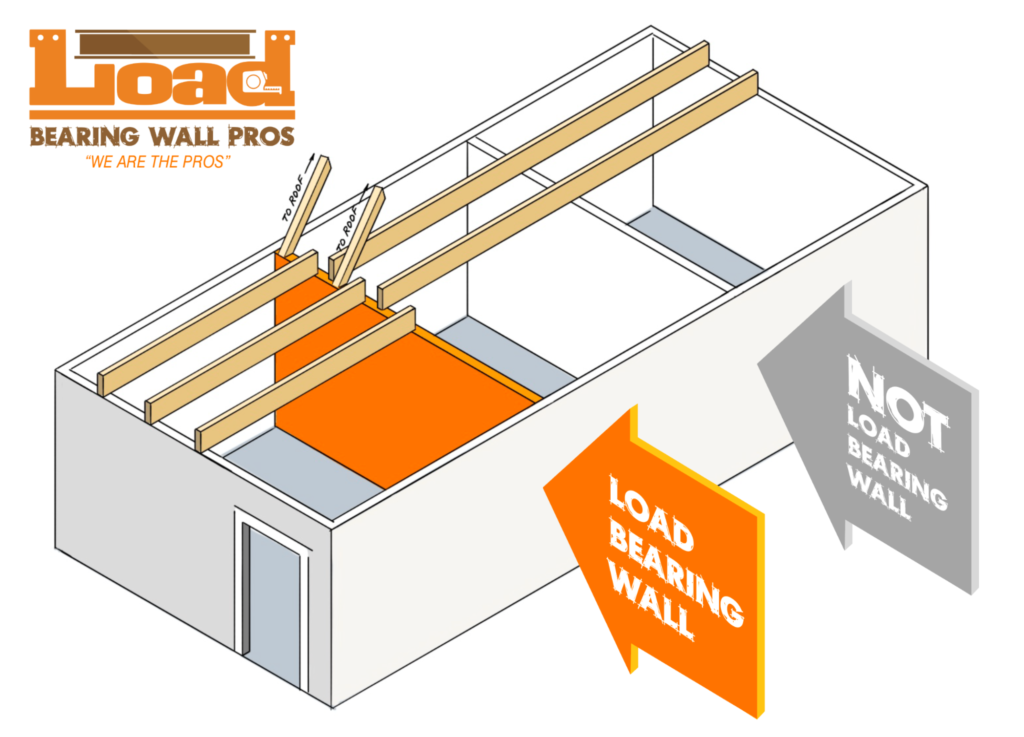
If we’re looking to a partner in the industry, this is worded well:
“Exterior bearing walls in Type III construction require a 2-hour fire-resistance rating (FRR) per Table 601 of the 2021 International Building Code (IBC). This two-hour rating is only required from the inside face of the wall when the fire separation distance (FSD) of the wall is greater than 10 ft, per IBC 705.5. Exterior walls with an FSD of 10 ft or less are required to provide the two-hour rating from both faces of the wall.”
Call us if you want that in layman’s terms, explaining it to anyone and keeping it simple but informative – this information is important, but it can also be overwhelming. There’s a reason that home renovations are up there on the most stressful (but rewarding) adventures you can embark on.
The type of wall determines the amount and nature of waste that’s generated. Load-bearing walls tend to produce more waste than non-load-bearing walls, which makes sense since they can contain more materials. Non-load bearing walls still contribute waste, but not as much. There are a couple of other factors that you need to think about in this space. The volume of waste also depends on:
- Size – Are we talking about a family social space? Where there are many friends coming in and out on a regular basis? Are we talking about a more private space for an individual member of the household? Examples would include a study or even a bedroom for an individual. These are important considerations – and you can read all about them on this site. We have an extensive number of options of solutions to support.
- Height – People don’t think about the height of walls as often as they should. Unless you’re looking at height as someone who is very tall, or the property is marketed as having ceilings of a certain size, they generally assume when they purchase a home or commercial property that they’re getting what they get. Not so fast. It’s an important consideration, because you don’t want to look at day one, you want to look at the next ten years. And we can help with that.
- Length – Odd thing to think about, but one that this team takes a considerate look at, whether the building is brand new or one that’s been used for many years.
- Materials used – This is probably the biggest. There is a lot of value and beauty in buildings that we’ve had throughout past decades, but it’s important to know what materials were involved in the process of design and execution, so we can help determine what made sense then and what makes sense now.
- And method of removal. Bottom line. And the purpose of this post.
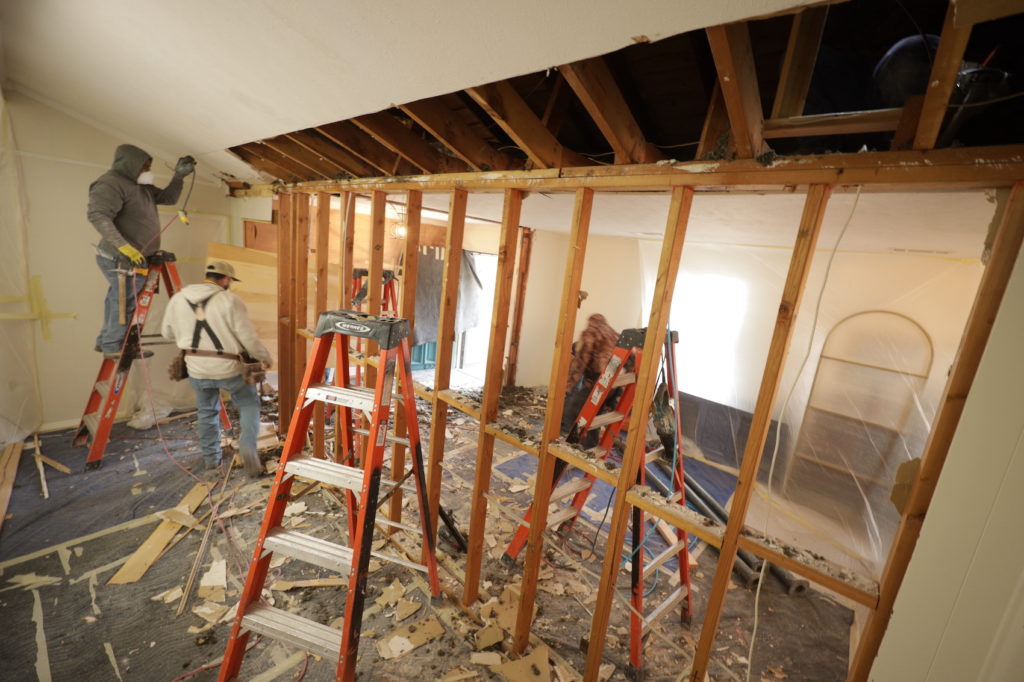
Wall removal is a common activity that generates a lot of waste and has a significant environmental impact. However, by following some eco-friendly tips and practices, you can reduce and recycle the waste, and conserve the resources. Recycling and reducing waste during wall removal is not only a good practice, but also a smart and responsible choice.

